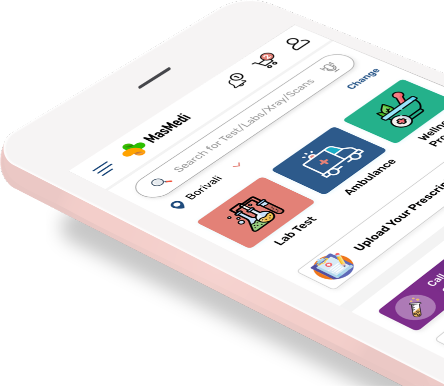Sample Type
Gender
Age Group
Ascitic Fluid
Male/Female
All Age Group
Ascitic fluid examination might reveal infection symptoms and the underlying etiology of a condition. The buildup of ascitic fluid in the peritoneal cavity is known as ascites. Ascites can be brought on by a variety of illnesses, but the most frequent one is portal hypertension, which is typically brought on by liver cirrhosis. The abdomen may become highly swollen and rigid from excessive fluid buildup, making the patient feel out of breath (due to diaphragmatic splinting). A needle and syringe are often used to collect a fluid sample.
best labs
Option Near Youlab comparison
As per your budgetAffordable
Price GuaranteedUNBIASED ADVICE
On LabsSUNDAY LAB
Labs available on SundaysTracking health status made easy with the app. Now available on both Google Play Store and App Store. Book health tests and access your smart reports and health trackers anytime anywhere.
